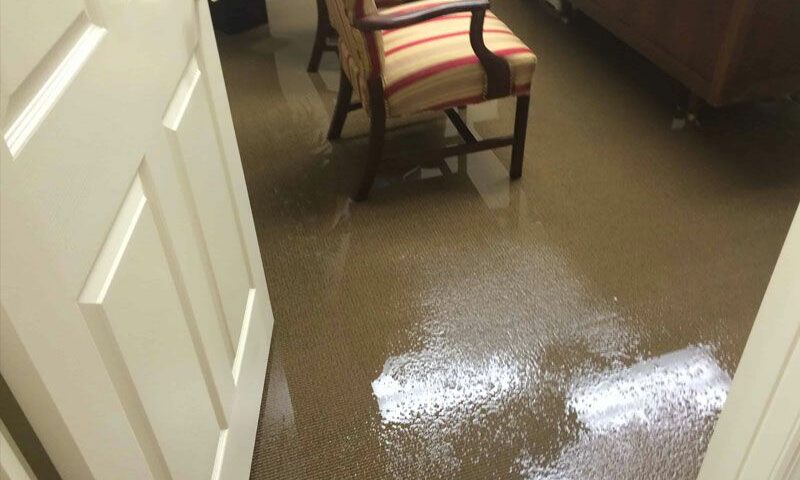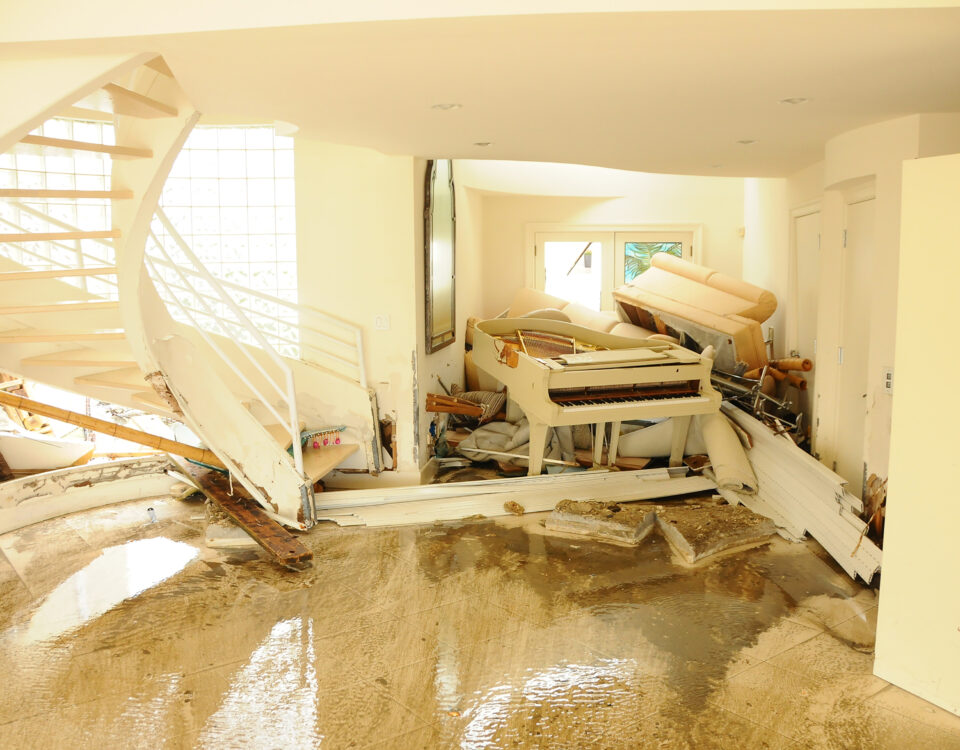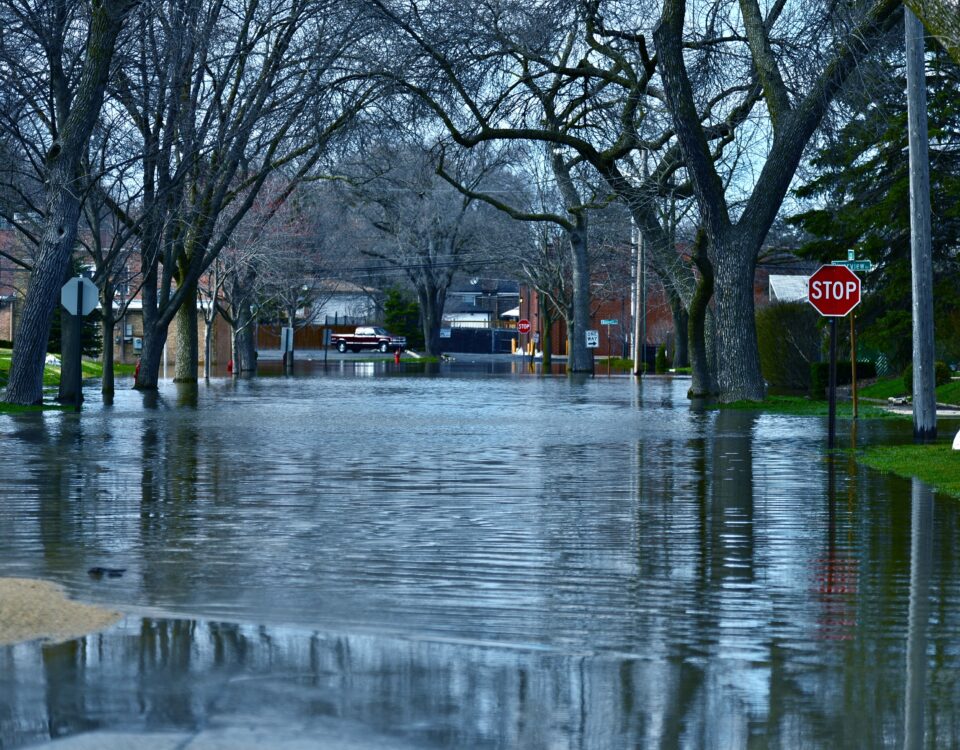
The Economic Impact of Flooding, Part 2: A Look Back at Mississippi Flooding in 2019 and 2020″
October 12, 2022
The Economic Impact of Flooding, Part 1: After Hurricane Laura and Hurricane Delta
October 12, 2022This is the second installment in our series on the lasting economic impact of flooding on American cities and towns, but this isn’t the first time we’ve taken a close look at flooding in the Mississippi River watershed.
Last year, we wrote about the Midwestern floods of 2019 and reflected back on a few lessons learned:
- Inland flooding is far more common than most homeowners realize and can be incredibly costly for communities.
- Flood insurance can be the difference between financial recovery and ruin for homeowners whose properties have suffered flood damage.
- It’s best to prepare in the dry season for next year’s floods.
But then, in 2020, many of the same towns flooded again. In the first few months of the year, the state of Mississippi faced intense flooding, which kept people out of their homes and work for weeks as they restarted their recovery efforts again.
Let’s take another look in the rearview at how Mississippians in particular fared after the second year of intense flooding in a row in 2020.
The 2019 Mississippi Floods Set the Stage for 2020
One of the main tools in an agent’s toolkit for helping reduce the flood risk in a community is to expand local disaster awareness. Bleak as this may sound, there’s no better way for communities to learn how prepared they are for a disaster than by living through one, which is exactly what Mississippians did.
For those living away from the Gulf Coast and the banks of the state’s eponymous river, the extent to which much of Mississippi is vulnerable to inland flooding was unknown to longtime residents
And the 2019 floods did a tremendous amount of damage. As the Vicksburg Post reported, “The 2019 Mississippi River flood caused a negative economic impact of more than $20 billion across 29 states in the Missouri, Arkansas, and Mississippi watersheds.”
These impacts were not just to infrastructure, commercial buildings, and houses. The World Resource Institute reported that “the long-lasting flood kept farmers from harvesting food, put construction projects on hold, and halted barge traffic on the Mississippi River from March through June, leaving approximately 6.3 million tons of grains (worth almost $1 billion) unshipped.”
All to say, the challenge of recovery along the Mississippi River was compounded by the way the 2019 floods interrupted commerce all along the river, and it was especially difficult for those living down on the Mississippi Delta.
To start the training you need to help homeowners get the flood insurance policies they need, check out our agent resource library.
The 2020 Floods: Less Floodwater, More Devastating Impact
Just a few months after the end of the 2019 hurricane season, the first major flood of 2020 struck Mississippi. In February, the Pearl River crested south of Jackson at 36.37 feet – the third highest ever recorded at this point.
As Dave Zeornes told Insurance Business America, “Compared to 2019 and in the last five years or so, it’s a relatively small event, but definitely not a small event for the folks.”
Still, about 120 homes and businesses were damaged in Hinds and Rankin counties alone – a figure that doesn’t include the number of businesses and properties that were temporarily inaccessible due to the rising waters.
What made this flood event so different for locals?
Continuous rainfall after the initial flooding event contributed to flooding downstream for days after the event, where locals had little time to prepare for the oncoming crests. The good news is that the Vicksburg US Army Corps of Engineers had time to put together an inundation map to guide local responses.
.This resource modeled the forecast south of the record-breaking flood and was available to both citizens and officials. With this resource in hand, residents of the lower section of the Pearl River to get out of harm’s way and prepare their properties before the river crested again.
If 2019’s flooding was a slow-motion disaster for all parties, the first major flood of 2020 was a slow-moving disaster though which response teams moved in fast-forward.
In addition to the advance notice for homeowners, locals also had more familiarity with their local response systems and remote adjusters were better prepared to safely reach homeowners in need mid-pandemic.
For more information about how National Flood services can support your team’s flood education, check out our resources and technology for insurance carriers.
Why Community Recovery Efforts Require a Broad Focus
As we saw in 2019 and 2020, community recovery – like emergency responses – must be a coordinated, community-wide effort that includes immediate resource allocation, education, and a plan for the future to help mitigate the impact of repeat flooding.
As climate change continues to bring more water into the Mississippi watershed, it will be increasingly important for communities to take a proactive approach to flood mitigation and to respond with a wetter future in mind.
See articles of Flood Restoration
How Agents Can Walk First-Time Homebuyers
through Purchasing Flood Insurance




